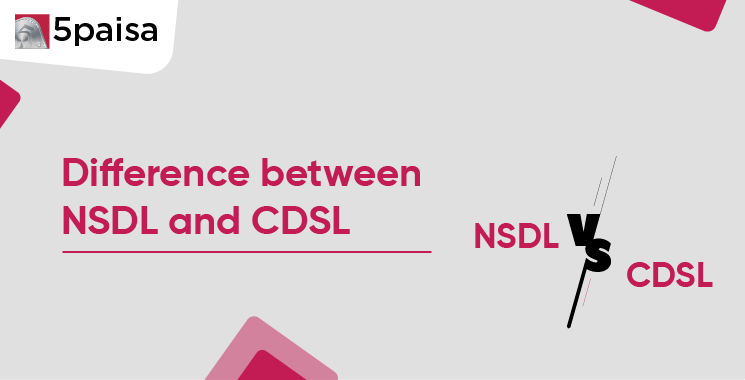Content
- What is NSDL?
- What is CDSL?
- Function of NSDL and CSDL
- NSDL vs. CDSL: Difference Between Them
- Services Offered by NSDL & CDSL
- How do NSDL and CDSL Work?
- Which is Better, NSDL or CDSL?
When investing in the stock market, understanding how securities are held and managed is crucial. In India, two primary depositories, NSDL (National Securities Depository Limited) and CDSL (Central Depository Services Limited) play a key role in electronic securities storage and transactions. These depositories eliminate the need for physical certificates, making trading safer and more efficient. This article explores NSDL vs. CDSL to help investors make informed decisions.
More Articles to Explore
- Difference between NSDL and CDSL
- Lowest brokerage charges in India for online trading
- How to find your demat account number using PAN card
- What are bonus shares and how do they work?
- How to transfer shares from one demat account to another?
- What is BO ID?
- Open demat account without a PAN card - a complete guide
- What are DP charges?
- What is DP ID in a demat account
- How to transfer money from demat account to bank account
Disclaimer: Investment in securities market are subject to market risks, read all the related documents carefully before investing. For detailed disclaimer please Click here.
Frequently Asked Questions
NSDL and CDSL are depositories that store securities in electronic form. They facilitate the buying, selling, and transfer of securities, ensuring smooth market transactions.
NSDL has a larger market share and a close association with the NSE, while CDSL works with the BSE. Both offer similar services, but NSDL is more prominent in size.
Yes, you can transfer shares between NSDL (National Securities Depository Limited) and CDSL (Central Depository Services Limited). This process is called an inter-depository transfer
There’s no clear "better" option. It depends on your preferences and the services offered by your Depository Participant (DP). Both are reliable for securities management.
The choice depends on factors like your broker’s affiliation, the range of services needed, and associated stock exchanges (NSE for NSDL, BSE for CDSL).
NSDL is a private entity but backed by major institutions like the NSE and IDBI Bank. Though not government-owned, it operates under strict regulations set by SEBI.
NSDL is regulated by the Securities and Exchange Board of India (SEBI), which ensures that it functions transparently, securely, and in compliance with all applicable laws and investor protection norms.
Check your demat account number. If it starts with “IN,” it’s NSDL. If it’s a 16-digit numeric code without alphabets, it’s linked to CDSL.




